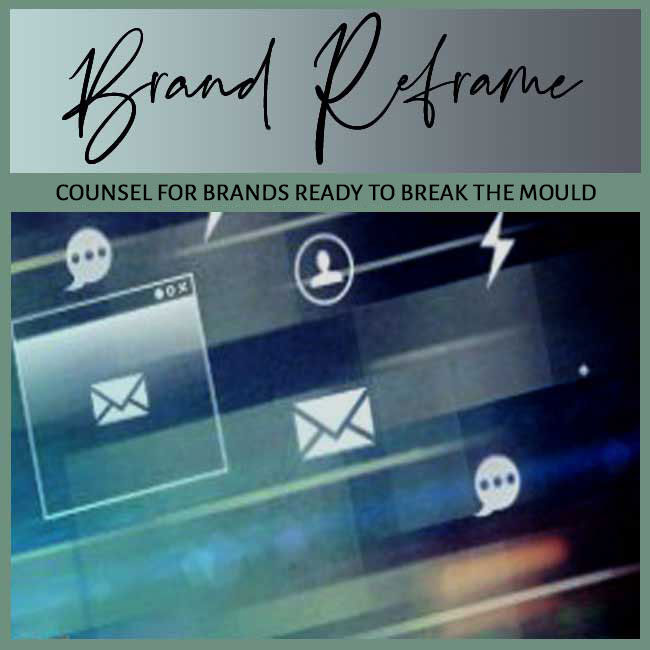
FOCUS: BRAND FOUNDER MISFIT | AUDIENCE: INVESTORS IN SLUGGISH BRANDS
BY: SHOBHA PONNAPPA | BRAND BREAKTHROUGH STRATEGIST | 45 YEARS | 125+ CLIENTS
I answer 6 tough questions about why brands that mirror a founder’s hobbies often fail to capture market gaps and investor value.
I often meet investors puzzled by brands that look creative but fail to scale. The founder’s personal interest may dominate product design, storytelling, and positioning. Yet the market may not care about those same hobbies. When a brand mirrors a founder’s world rather than a customer’s need, it stalls quickly. In this post, I tackle six questions about how founder misfits can derail market relevance … and what to do about it.
Founders often believe their passion will resonate universally. They assume that what excites them personally must have broad appeal. While this enthusiasm fuels creativity, it frequently results in offerings that feel niche or indulgent. A founder’s joy is not the same as customer demand.
Another driver is identity. Many founders want their brand to represent who they are, rather than what the market requires. This can lead to excessive focus on personal expression instead of customer value. When identity eclipses insight, brands drift away from growth.
To investors, hobby-driven brands often look risky. They may appear more like passion projects than scalable ventures. The absence of market validation raises questions about sustainability and future growth. What looks like creative energy can appear as commercial fragility.
Investors also worry about dependency on the founder’s persona. If the founder steps aside, the brand loses coherence. Strong investor brands show resilience beyond a single personality. Investors fund scalable systems, not personal indulgences.
One clear signal is messaging that centres around the founder’s lifestyle, rather than the customer’s pain points. Product descriptions may read like personal diaries instead of value propositions. When customers cannot find themselves in the story, the market gap is missed.
Another signal is product misfit. Offerings may be beautiful, but impractical. Pricing may reflect passion more than market tolerance. Whenever design decisions prioritise personal taste over user insight, the hobby has overtaken strategy. Unvalidated preferences make weak markets.
When hobby-driven branding dominates, growth slows because the addressable market is too narrow. Early adopters may show enthusiasm, but mainstream adoption rarely follows. The brand becomes plateaued before it ever matures. Markets reward relevance, not indulgence.
Growth also suffers because marketing narratives feel self-serving. Customers and partners sense when a brand is more about the founder’s persona than their own needs. This erodes trust and credibility. Growth only scales when customers see their story reflected back.
Investors can guide founders by emphasising the need to identify market gaps and position the brand accordingly. This means mapping customer pain points, analysing competitors, and quantifying demand. By shifting from hobbyist storytelling to customer-centric framing, the brand becomes more investable. Markets reward clarity about unmet needs.
Reframing also involves separating the founder’s voice from the brand voice. Founders can still have platforms to express passion, but the brand must stand as an independent entity serving its audience. Investor confidence grows when brands transcend founder egos.
Founders should channel their passion into innovation, not indulgence. Their hobbies can inspire unique features or angles, but these must be tested against market realities. Anchoring creativity in research ensures relevance without losing authenticity. Passion and pragmatism can co-exist when framed wisely.
They can also build personal brands alongside their company brands. This allows them to express hobbies without confusing market positioning. Customers respect personal passion, but they buy solutions to their own needs. Separation of roles is key to sustainability.
If these questions feel uncomfortably close, it may be time to reassess. A hobby-driven brand is not doomed, but it must reconnect with market gaps to grow. By shifting focus from personal passion to customer need, founders can preserve authenticity while building scalability. One strategic pivot can turn indulgence into investment.
If you’re brand owner or manager seeking stronger brand performance, this FAQ Insight Post I wrote could interest you: “FAQs: When Brand Partnerships Look Strong but Deliver Weak Returns.“
And if you’re a solo expert looking to sharpen traction, this FAQ Insight Post I worked on may resonate: “FAQs: When Brand Messaging Is Precise but Fails Emotionally.“

"One BIG IDEA can turn brand stagnation into unstoppable movement. Spots are limited each week ... book your breakthrough session now."
Shobha Ponnappa
More Breakthrough Ideas … Case Studies & FAQs … from the Brand Founder Misfit Category
Case Studies
FAQ Insights
Smart insights, real-world frameworks, and idea-driven clarity – designed to help brands move.
Get my fortnightly Brand Reframe newsletter. Smart insights, distilled thinking, and focused momentum to help your brand lead.

Get my free AI strategy guide. Smart prompts, sharper briefs, and practical ways to make AI support your brand momentum.

Just fill in the form to join. Get my newsletter and the guide shown alongside, all with several game-changing tips.